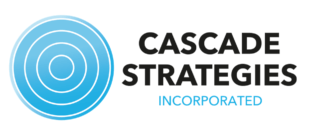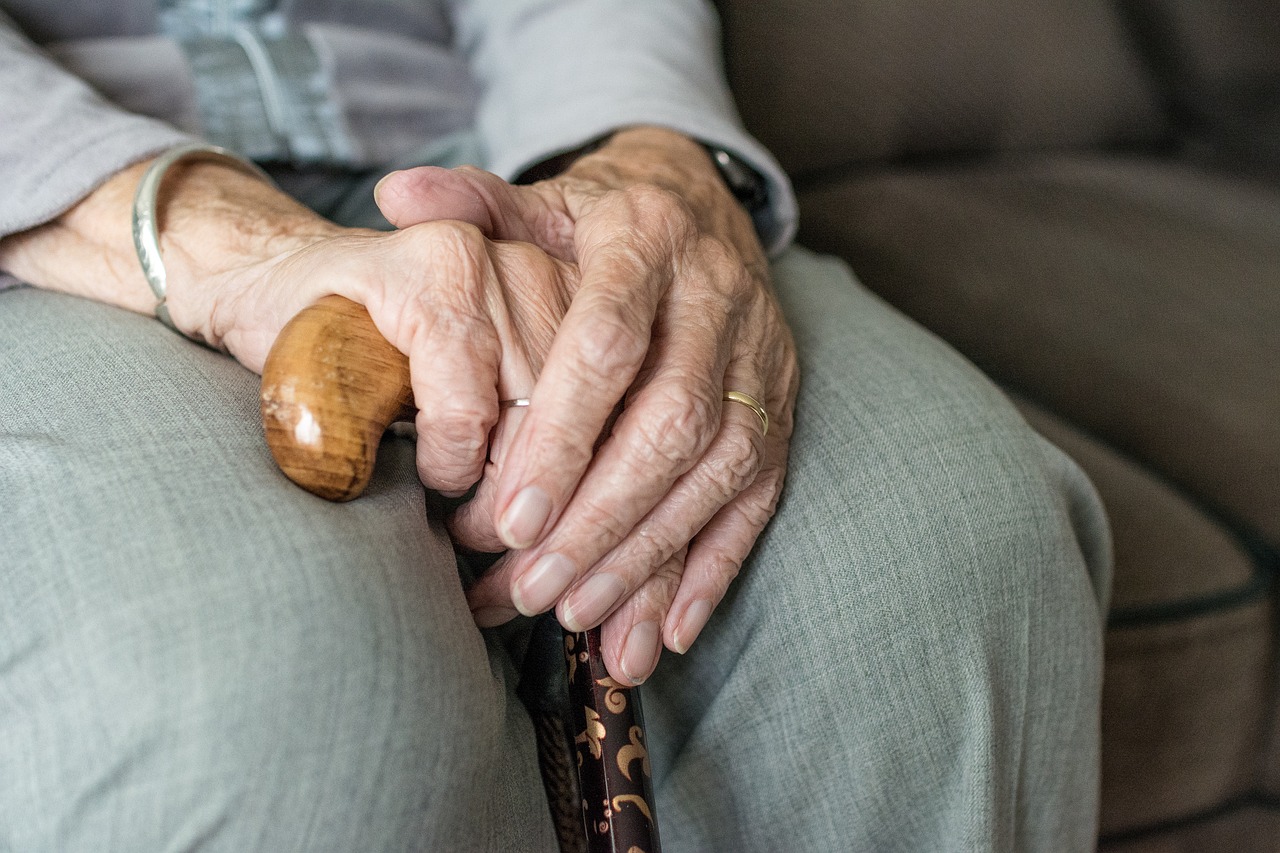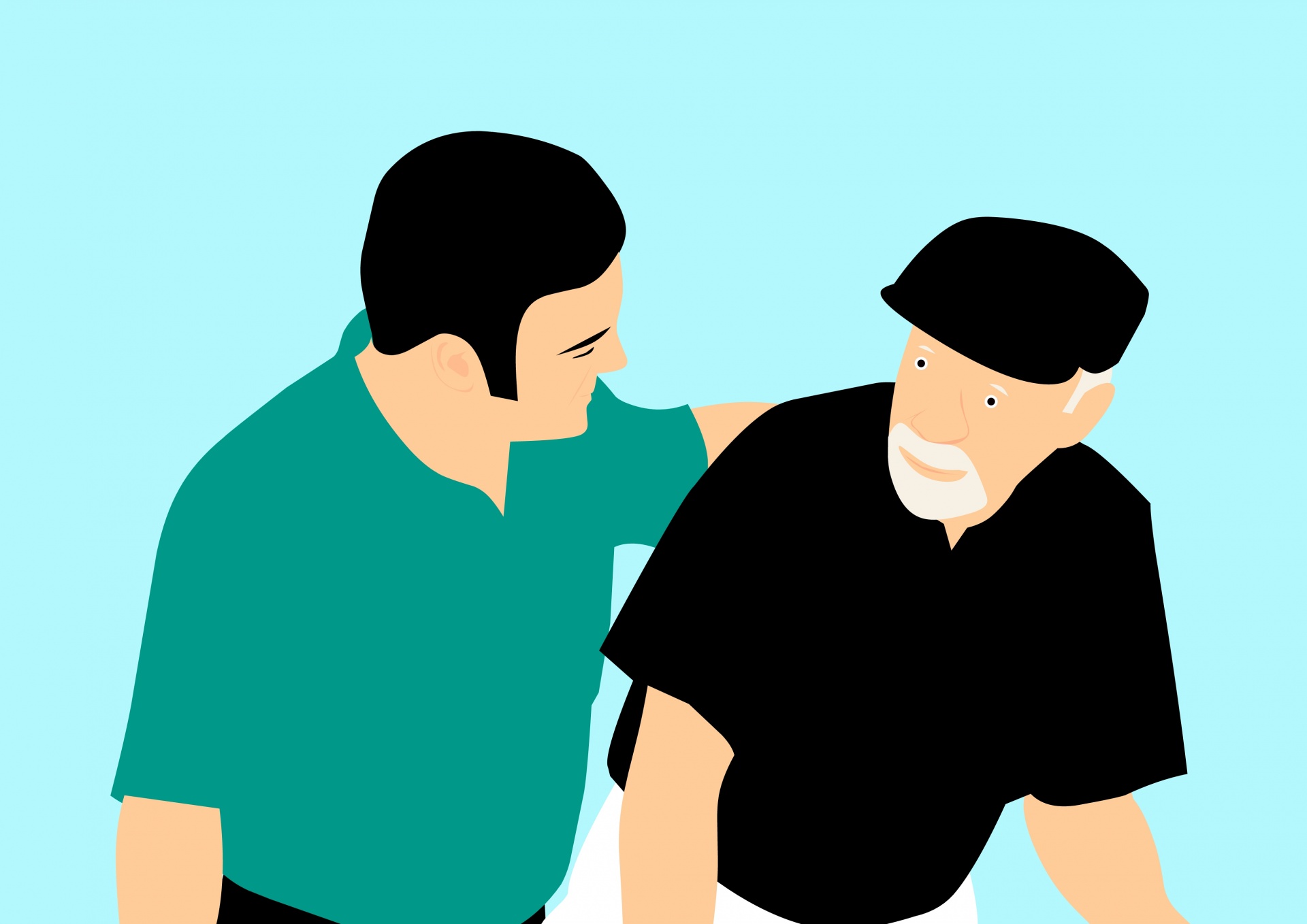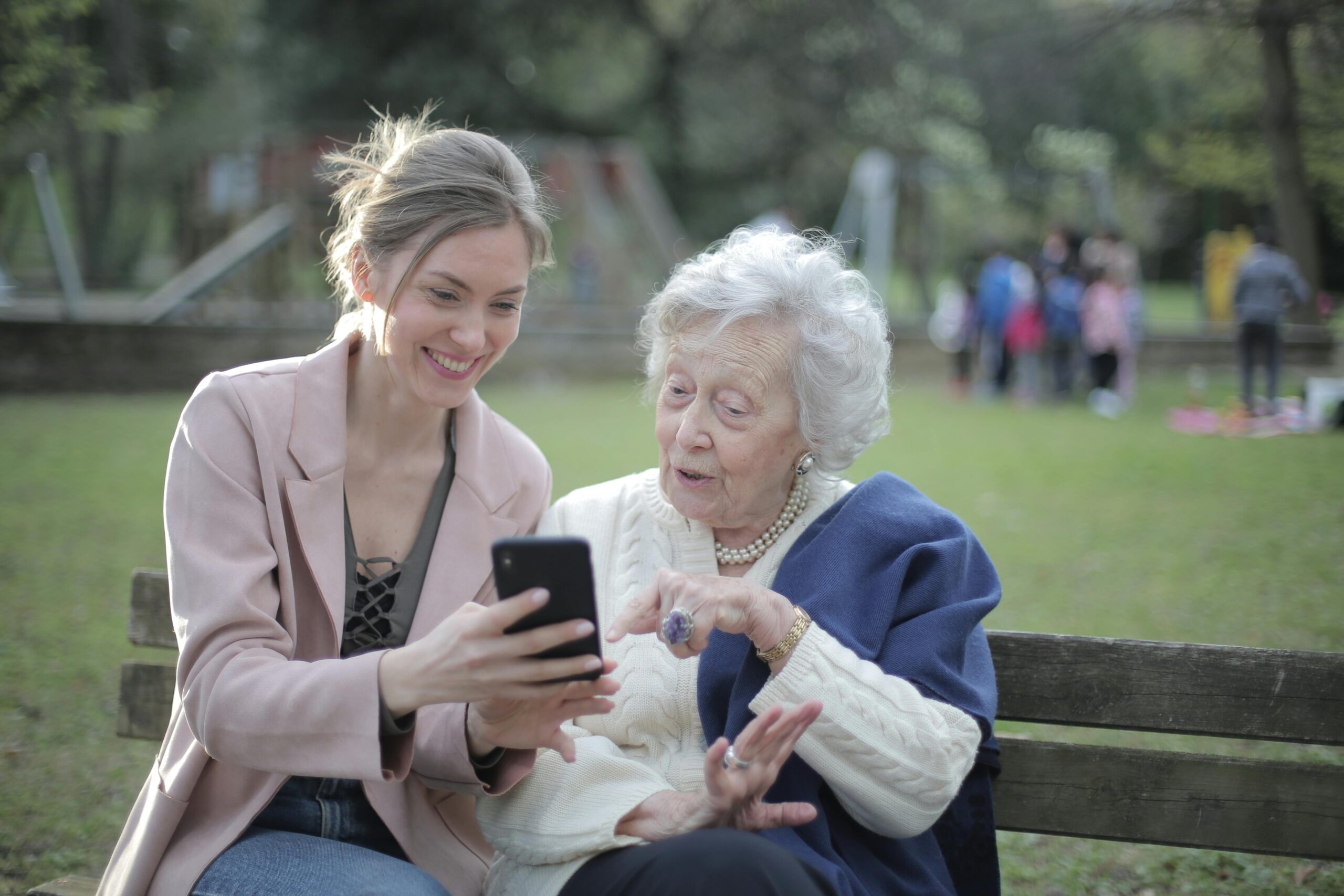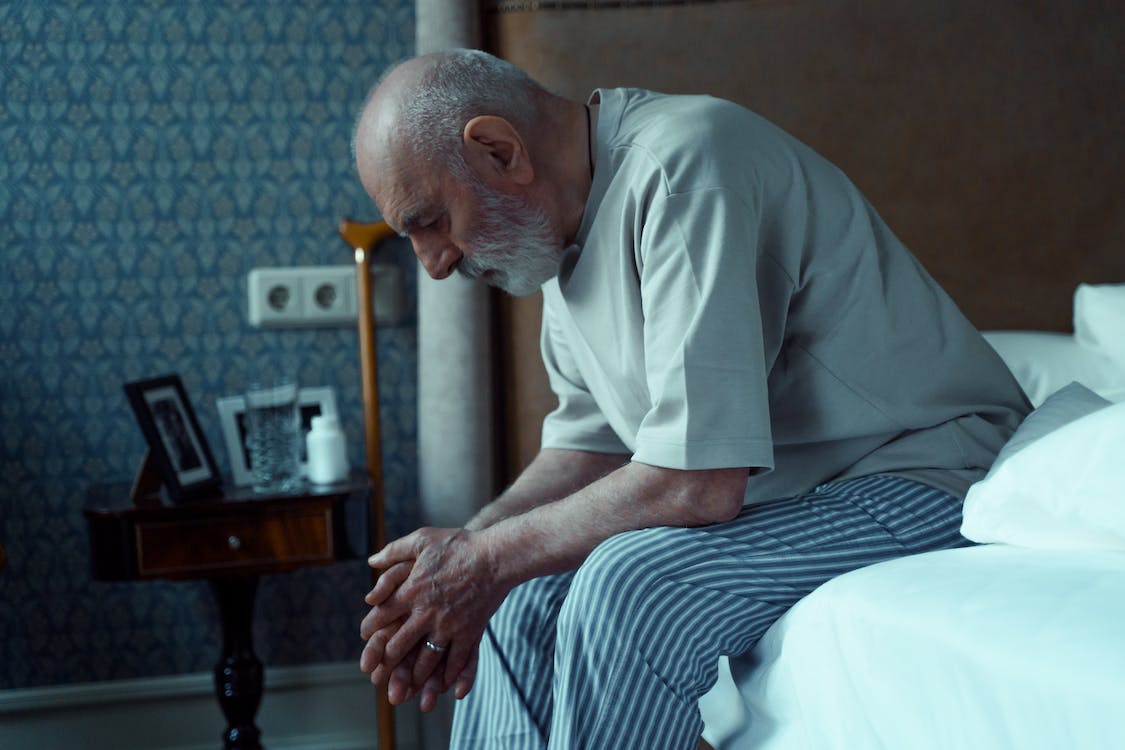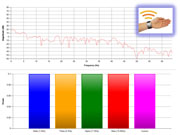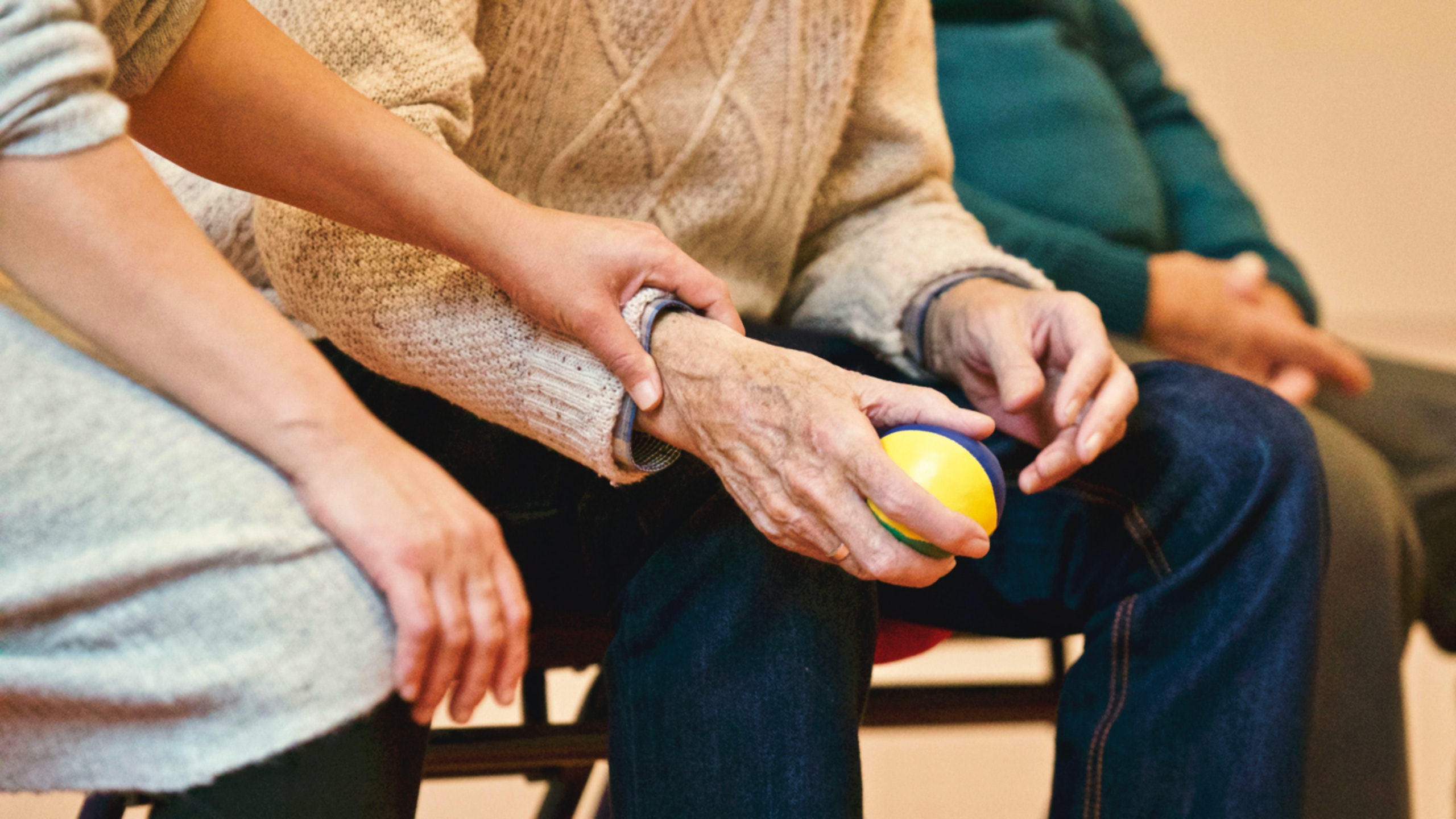
Aug
Nursing Homes Close as Need for Care Grows
jerry9789 0 comments Brand Surveys and Testing, Brandview World
Nursing Home Challenges
According to a report by the American Health Care Association and National Center for Assisted Living (AHCA/NCAL) in April 2022, more than 1,000 nursing homes have closed since 2015. This breaks down to 776 closures before the COVID-19 pandemic and 327 closures during the pandemic.
The same report also projected 400 nursing homes to close in 2022 based on financials at the time. While the Centers for Medicare & Medicaid Services reported 135 nursing homes closing in 2022, it is believed the number could be higher. This is due to possible discrepancies between the time a closure plan is submitted by a facility and its full execution to be listed in the federal database.
Staffing shortages and low reimbursement have long been recognized as factors for nursing home closures even before the pandemic. Rising wages and increased operation and maintenance costs in recent years exacerbated the situation, especially in rural areas.
The Impact of Nursing Home Closings
These closures resulted in former residents transferring to another facility, which in most cases, was farther from home. Some even must move twice after the first nursing home they transferred to subsequently closed. The process could also take weeks as social workers look for placements so a patient might find themself staying in a hospital in the meantime. Conversely, some nursing care facilities are keeping beds vacant because they don’t have enough workers.
Amidst these challenges, the need for long-term care grows with baby boomers joining this group.
Copyright Kampus Production
Nursing Home Alternatives
While the pandemic put a spotlight on the difficulties faced by the nursing care industry, it also opens opportunities for reforming and improving nursing homes. It also paves the way for exploring nursing home alternatives, such as in-home care for seniors. However, home care may prove to be the more expensive option and while it offers more personal and tailored assistance, you might have a senior who prefers or thrives more in a group setting like the one offered by assisted living communities.
Then there are group homes and family-style nursing homes, which are both small-scale options for assisted living. While a typical nursing home holds over 100 resident beds on average, a group home can house between five to 10 people (or 20, depending on the state) while family-style homes host 10 to 20 beds. These setups allow for more personalized care and a higher staff-to-client ratio in a sociable, homelike setting with home-cooked meals.
Due to being smaller in scale and not as advertised as regular nursing facilities, most group homes might slip past the radar of older adults or their loved ones seeking assisted living. With well-developed branding, however, smaller-scale assisted living communities can stand out even from the shadows of larger facilities and get their message across better to the seniors most suited for the living arrangements they offer.
Cascade Strategies can help you develop your branding, thanks to an array of services such as Brand Development Research and Segmentation Studies backed by over three decades of experience. Whether you are a smaller residential care home trying to get the word out or a larger assisted living community looking to reach the ideal senior or even the skilled nurses you need, we can help you find the right market research solution for your branding needs.

Aug
How Can Healthcare Companies Identify Who Needs Remediation Programs?
jerry9789 0 comments artificial intelligence, Burning Questions
What Is Remediation?
The Cambridge Dictionary defines remediation as “the process of improving or correcting a situation.” Remediation programs are commonly employed in teaching and education wherein they address learning gaps by reteaching basic skills with a focus on core areas like reading and math. And as pointed out in an understood.org article, remedial programs are expanding in many places in our post-COVID 19 world.
In healthcare, there’s a wide range of remediation programs, or “remedial care,” diversified based on their end goal which may include smoking cessation, anti-obesity, weight reduction, diet improvement, exercise, heart-healthy living, alcoholism treatment, drug treatment, and more. But how do you identify the people who need remedial care the most?
Who Needs Remediation?
You might say you can tell who needs remedial care by just looking at the physical aspect of the prospective patient, but this is a shortsighted answer to the question. And what about those who need remedial care for a heart-healthy lifestyle? Surely you can’t tell a likely candidate for this remediation program with just one look alone.
It goes deeper than that. What if you, a healthcare representative, could only devote remedial care to a select few individuals given limited resources and time but you want to make sure that the whole remediation program is successful by achieving its intended goals? Just imagine all that time, effort and resources spent only for the patient to relapse back into their old ways not too long after program completion- or even in the middle of the remediation process itself.
Deep Learning and Remediation
This is where deep learning comes in. Also known as hierarchical learning or deep structured learning, Health IT Analytics defines deep learning as a type of machine learning that uses a layered algorithmic architecture to analyze data. In deep learning models, data is filtered through a cascade of multiple layers, with each successive layer using the output from the previous one to inform its results. Deep learning models can become more and more accurate as they process more data, essentially learning from previous results to refine their ability to make correlations and connections.
Deep learning models handle and process huge volumes of complex data through multi-layered analytics to provide fast, accurate, and actionable results or insights. When applied to the scenario we mentioned beforehand, deep learning filters through that multitude of patient data and prioritizes those who need remedial care the most.
You can also align its findings to effectively identify individuals who will not only return monetary value to your healthcare brand, but at the same time are most likely to “engage” or participate in programs offered by your company, such as wellness, diet, fitness or exercise. They can also be the best people to commit to avoiding poor lifestyle choices, such as overeating, smoking, and alcohol, helping guarantee the success of the remediation program.
With a combination of three decades of market research experience and conscientious use of AI, Cascade Strategies has been helping healthcare organizations develop advanced models to handle, filter and identify the likeliest of candidates for their program purposes. Cascade Strategies helps industry professionals not only recognize their ideal customers but also reach out to them with some of the most effective and award-winning marketing campaigns, thanks to our array of services such as Brand Development Research and Segmentation Studies. To see more examples of how we help leading worldwide companies achieve their goals, please visit our website.
Here are some of our suggestions for further reading on deep learning and healthcare:
https://builtin.com/artificial-intelligence/machine-learning-healthcare
https://research.aimultiple.com/deep-learning-in-healthcare/
https://healthitanalytics.com/features/types-of-deep-learning-their-uses-in-healthcare

Jun
Great Research Can Help Assisted Living Facilities Attract the Right Clients
jerry9789 0 comments Brand Surveys and Testing, Brandview World, Burning Questions
Is your loved one’s home not as clean and tidy as before? Do they have an empty refrigerator or is it filled with spoiled food? Frequent bruises? Same clothes every day? Do they appear to become forgetful, depressed or exhibiting strange or inappropriate behaviors?
These are just some questions that HelpGuide.org has gathered when looking for signs that an older adult might need assisted living. And when these questions start crossing the minds of their loved ones, they are likely at the point they’ll begin discussing and considering this option with them.
How to properly brand your ALF
As a healthcare professional specializing in assisted living, how do you ensure that you clearly brand yourself, the services you offer and the demographic that you’re serving? How do you differentiate yourself from retirement communities designed for seniors who can generally care for themselves or nursing homes with round-the-clock medical care and supervision? How do you reach out to the right audience, the active and social older adults needing help with daily living?
The first step towards attracting the attention of the right people is making a distinction from the other types of senior living. According to Forbes.com, assisted living facilities can be freestanding communities but also part of a retirement community, nursing homes or hospitals, so it’s certainly understandable why some would be confused and lump these services together. Hence the importance of highlighting that you cater to older adults who — while independent — need assistance doing laundry, cooking, cleaning, going to the bathroom, managing medicines, or even traveling to appointments.
As noted by HelpGuide.org, assisted living offers the safety and security of 24-hour supervision. However, you will need to point out that help requires a phone call since assisted living encourages privacy and independence. In fact, some good assisted living facilities can develop a personalized plan that keeps in mind the needs, challenges and disabilities of an older adult, while still allowing enough freedom for them to do as they please with their time.
You’ll also need to be clear about the type of assisted living facility that’ll be hosting the client. Will they be moving into a residential type that’s either a converted home, apartment complex or even a renovated school? Or do you offer apartment-style living with scaled down kitchens? And if you just provide bedrooms, do they need to share a room or have the option to pay for their own at a higher cost? Does your facility host a group dining area and common areas for socialization and recreation?
How market research can help you attract the right clientele
These are critical questions that can be answered by well-designed and executed market research. And there are even more questions that you’ll discover as you develop your brand and identify how to best reach out to your ideal clients.
Copyright Marcus Aurelius (Pexels)
You’ll need to be ready to answer questions about staffing, or proactively make information like this readily available for anyone looking into their options for assisted living. How many staff do you employ that are responsible for residents’ care? How many of them are working at any given time? Do you have enough members to cover one that goes on leave? Is staffing different at night? What are their duties? Do they interact with residents? Do you have registered nurses on site? Are they able to handle or trained for emergencies?
The same goes for questions about the facility. What is the housekeeping schedule? How do you ensure the safety and security of residents? Are the bathrooms easy to access and do they have grab bars? In case of an emergency, how do residents contact the staff? How good and nutritious is the food? Can you provide information on menu options? Can a resident eat at their room? What hobbies or activities are offered onsite? Is there transportation available? What amenities are included?
More importantly, people looking into assisted living facilities are most likely going to value an environment that seems friendly, safe, and comfortable. The facility is also expected to be clean and well-maintained. And while what feels like home is subjective, being able to answer as many questions or provide pertinent information as you can puts you closer to the ideal resident.
Copyright Cottonbro Studio
Otherwise, you can help those that weren’t a good fit at the very least to understand better what they are looking for or what they need to help them in their search to find the best facility for them. They might even realize that another type of senior living might be better for them.
How Cascade Strategies can help
Cascade Strategies has been helping healthcare companies sort out issues like these for over 30 years. Thanks to an array of services such as Brand Development Research and Segmentation Studies, we are able to help healthcare companies make their brand stand out and become more profitable in addition to enlightening them on their customer types and how to best address their needs. Please see our website and case histories.
Here are some suggestions for further reading:
https://www.helpguide.org/articles/senior-housing/assisted-living-facilities.htm
https://www.seniorliving.org/assisted-living/
https://www.forbes.com/health/senior-living/how-to-find-the-best-assisted-living-facility/
